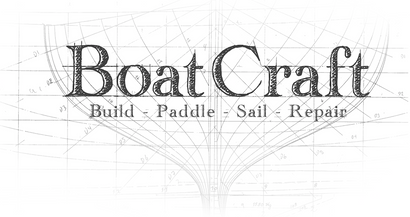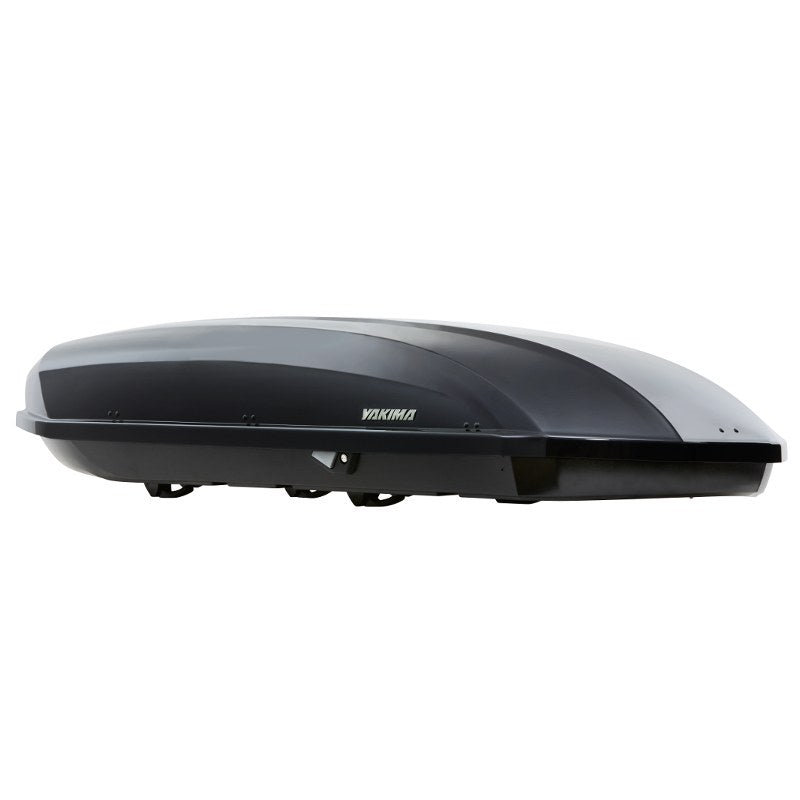Call or Text us at 587-855-1304
Menu
-
- Home
-
Paddle Sports
-
Resin and Fibreglass
-
Marine
-
Transport
-
Specials
- blog
-
- 587-855-1304
- Login
-
CAD

Call or Text us at 587-855-1304
It is most important to choose a paddle that is the correct length for your paddling experience, a paddle that is too long will make the leverage of your paddle stroke heavy and a paddle that is too short will force the paddler to lean or stretch for each stroke. The paddle length is dictated by the width of the boat and height (arm length) of the paddler.
After choosing the correct length, one must wisely choose the materials used in the construction of the paddle, where aluminum and nylon paddles are heavier and fiberglass or carbon fibre will be lighter and stronger. For recreational paddling a heavier paddle will not be a major factor, but if your are paddling more than an hour or two you will want a paddle that is not heavy or cumbersome because it will tire the shoulders and back faster and make travelling longer distances more difficult. Aluminum paddles can lead to blistering and hand discomfort faster than a composite paddle will, so paddle gloves may be required with a cheaper paddle.
The final factor in choosing a paddle is the blade shape of the paddle dictated by the paddle stroke of the individual. There is high angle paddling, low angle paddling and hybrid paddling, not including the greenland style and many other stroke cadences. Most beginner paddlers will use a low angle paddle stroke, which is the angle of the paddle shaft to the water being less than 45 degrees. This is commonly seen in touring and recreational paddling and individuals that are new to the sport. High angle paddling is where the paddle shaft to the water is more than 45 degrees, most common in white water paddling, coastal paddling and clients that are used to a canoe stroke. Each of these paddle stroke types has a specific blade shape for the most efficiency in these very different strokes.






